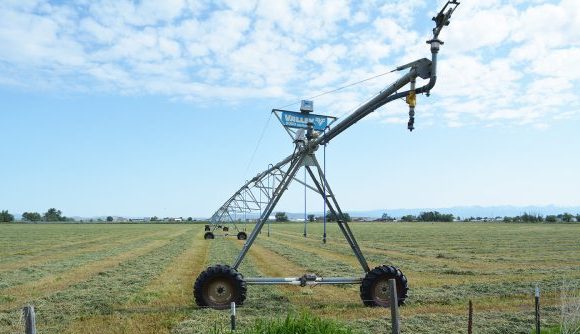View of the Chieftain: Will early signs of bipartisanship last?
Published 7:00 am Wednesday, December 28, 2022
An interesting thing happened last week in this neck of the woods: Dan Rayfield, the Corvallis Democrat who serves as speaker of the House of Representatives, ventured east of the Cascades to take a look around.
No, really; it’s true. He made stops in Hermiston, Boardman and the Port of Morrow. He didn’t get to Wallowa County, though; maybe next time, Mr. Speaker. We can tell you about some good places to eat.
Rayfield traveled with a couple of Republican legislators from Eastern Oregon, Reps. Greg Smith and Bobby Levy. Everyone had nice things to say in press releases.
“As House speaker, I will always aim to serve all corners of the state,” Rayfield said, adding that the trip will provide “invaluable feedback as we focus on the values and priorities Oregonians have told us they wanted to see in 2023.”
Smith had praise for Rayfield: “The speaker and I have been colleagues for a number of years, and I look forward to the 2023 session as we further our bipartisan efforts to better the state of Oregon.”
And so did Levy: “I look forward to your future visits to this side of our great state, and the bipartisan efforts to better the whole state of Oregon.”
To be fair, these are the weeks before the legislative session begins, on Jan. 17, so it’s not unusual to see lawmakers at least talking a good game about reaching out across the aisle.
Of course, what’s happened in previous sessions is that this thin veneer of bipartisanship melts away under the heat generated by the session’s toughest issues. (It won’t help matters that lawmakers will be writing a state budget in the midst of what could be a mild recession.) Chances remain good that at the end of the session, local officials and residents will be shaking their heads and lamenting that, once again, the Legislature has run roughshod over Eastern Oregon.
But maybe there are reasons to hope that this outburst of bipartisan behavior might be more than just the usual presession posturing.
In November’s election, Democrats lost their three-fifths supermajorities in both chambers of the Legislature; the state Constitution requires bills raising or creating taxes to pass by a three-fifths majority. That means Democrats won’t be able to push through a tax increase without at least one Republican vote in each chamber. Although we don’t expect lawmakers to propose many tax increases this session, the loss of the supermajorities might compel the parties to play nicer with each other.
And the fact is that the supermajority clause comes into play just a handful of times during each session. Most of the work the Legislature gets done is handled in a relatively bipartisan manner. But because the biggest issues each session faces tend to be the most divisive — and because the press tends to focus on those issues — you’d be forgiven for thinking that the parties always are at loggerheads with each other. That’s not always the case.
Rayfield wasn’t the only Democratic leader on the road last week. Gov.-elect Tina Kotek, who’s vowed to visit all 36 Oregon counties before the end of her first year in office, started her effort with a trip to Yamhill County. Press reports suggested she did a lot of listening and not much talking.
That would be a good pattern to follow when she comes to Wallowa County. Maybe she can get out here before Rayfield does.









